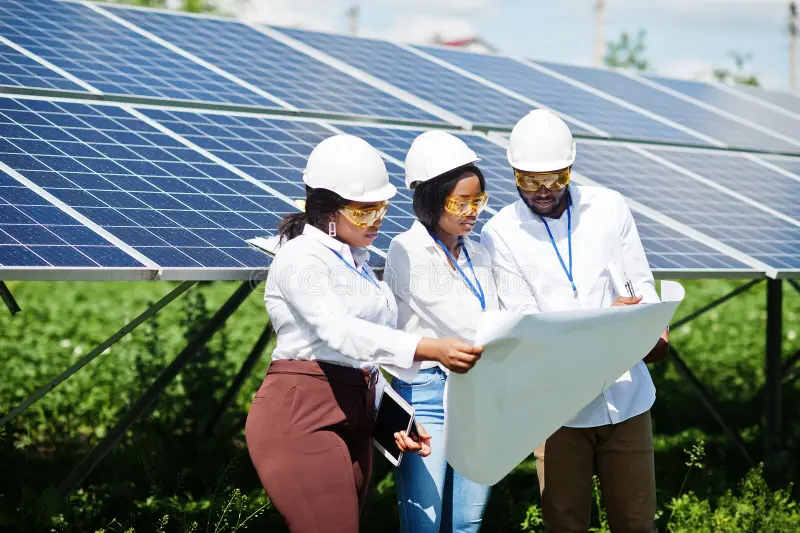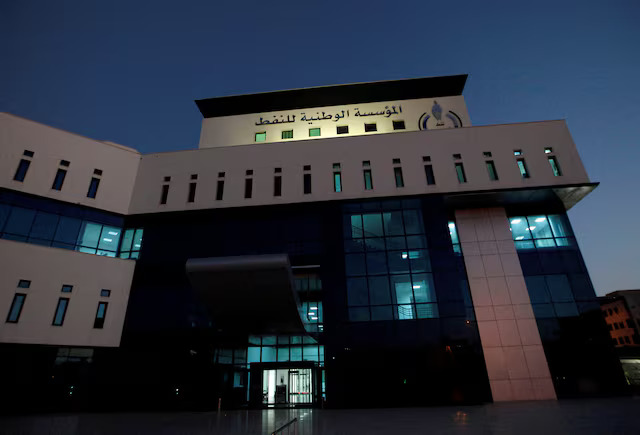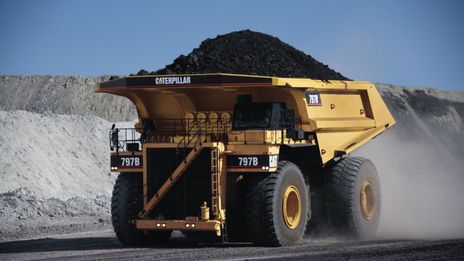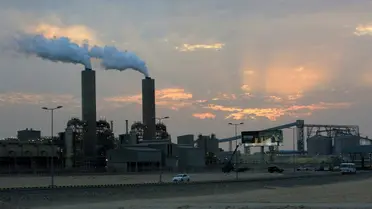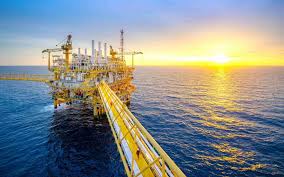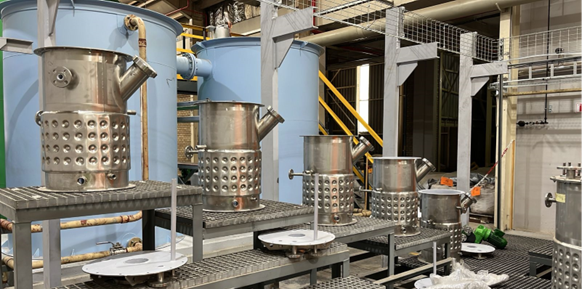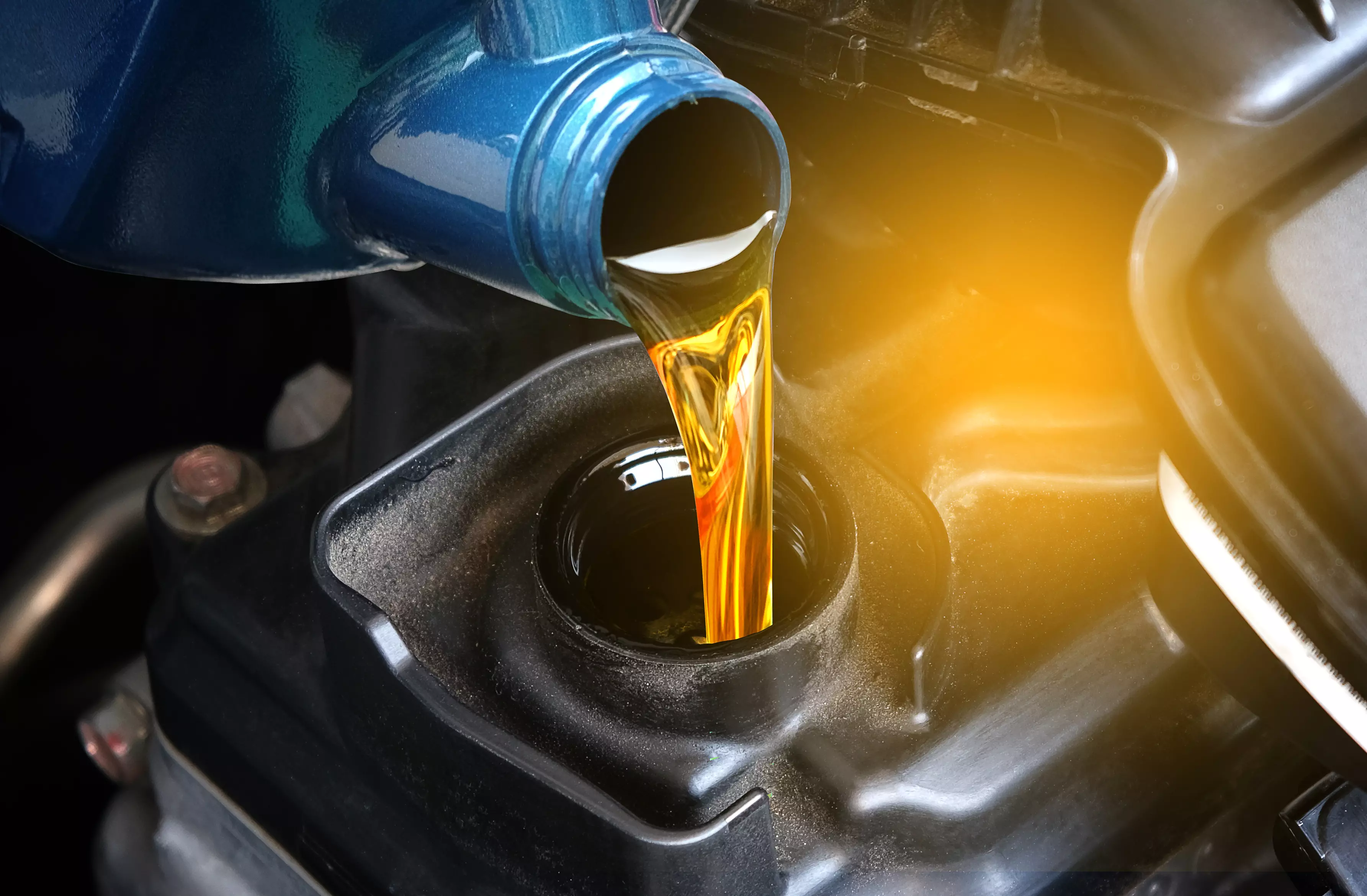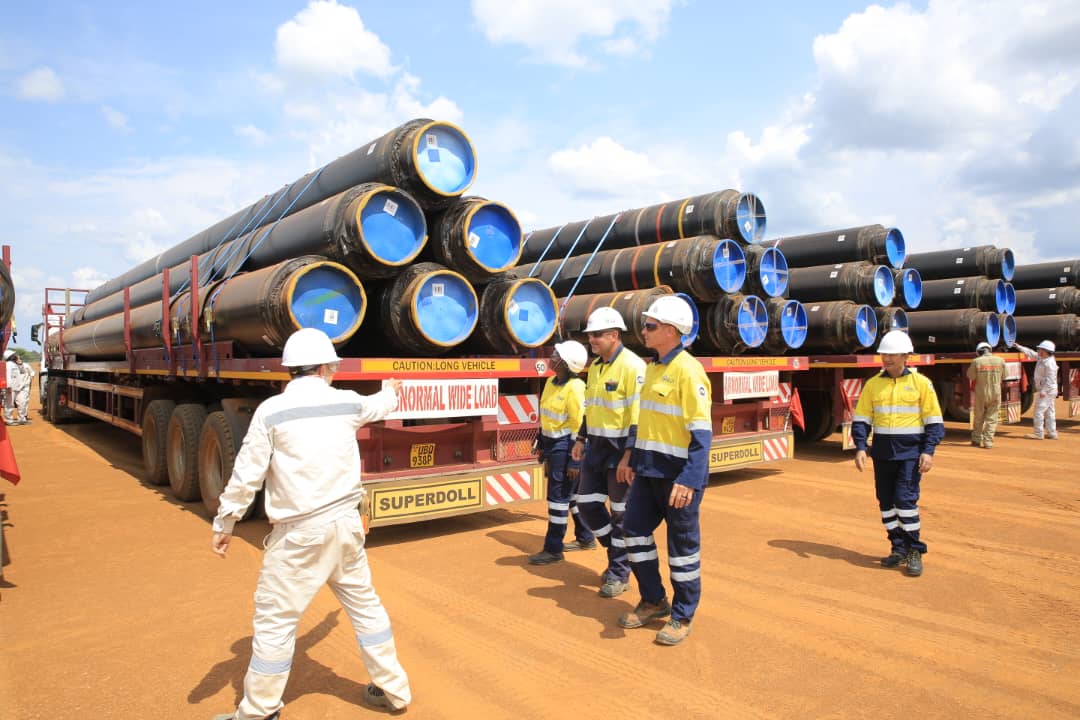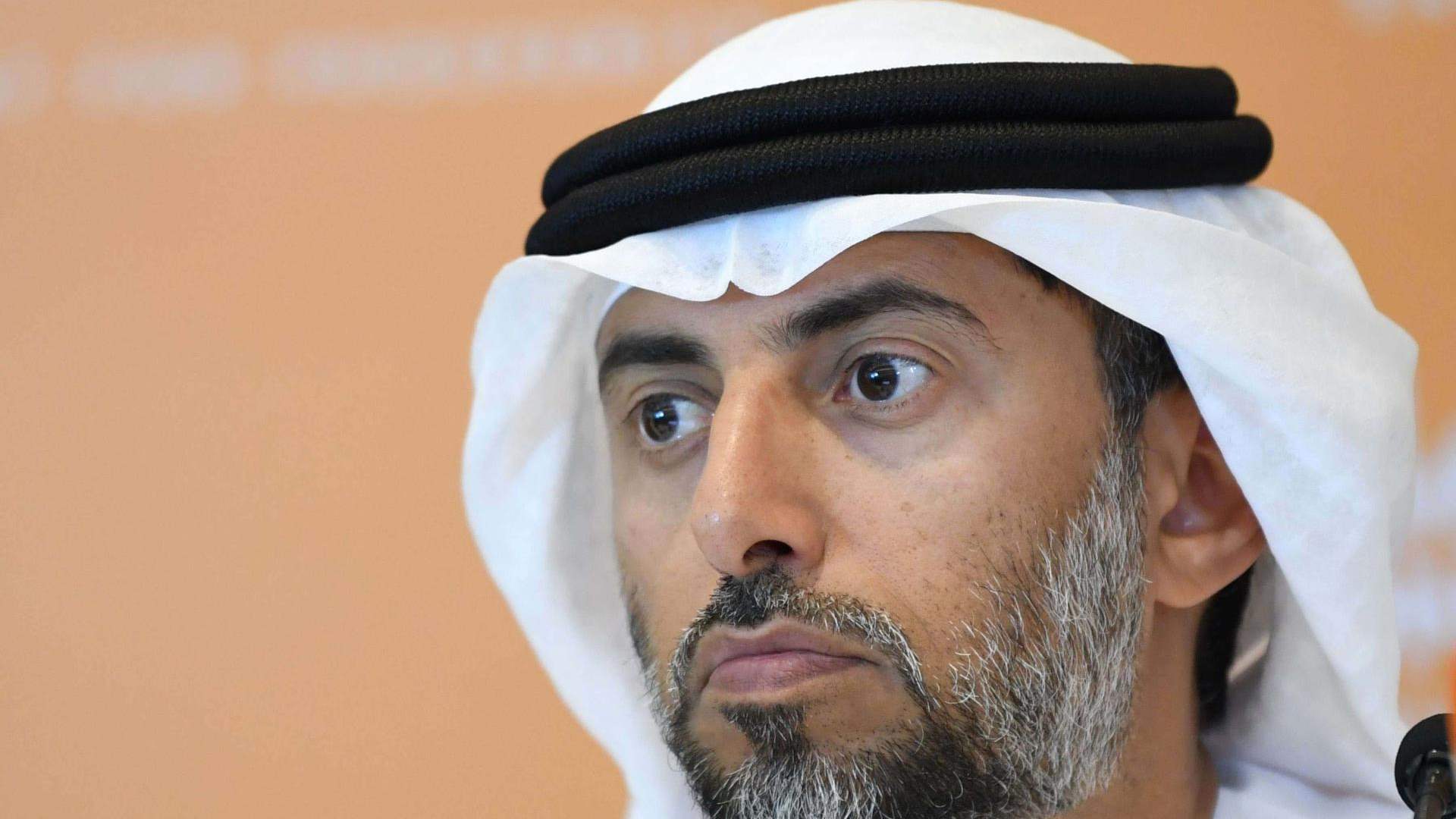Distribution

Nigeria Deploys Tanker to Boost Regional Liquefied Petroleum Gas Exports
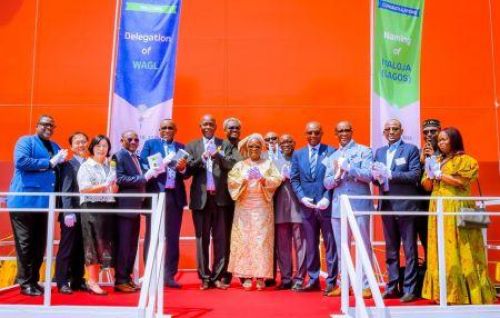
Nigeria, sitting on Africa’s largest proven gas reserves, is moving fast to cash in. In June, it pledged to extend liquefied petroleum gas (LPG) access to 12 million households and reach a production of 10 billion cubic feet daily by 2030.
Ekperikpe Ekpo, Minister of State for Gas, and Bayo Ojulari, CEO of NNPC Ltd, attended the inauguration of the "MT Iyaloja (Lagos)" in Ulsan, South Korea, on August 18, 2025. The vessel is a 40,000 m³ tanker built to transport liquefied petroleum gas. Promoters say the ship will enhance regional export capabilities by adding to existing resources.
West Africa Gas Limited (WAGL), a joint venture between NNPC Ltd and Nigeria’s Sahara Group—a key player in petroleum distribution—will operate the tanker. With this addition, WAGL now controls five vessels with a combined capacity of 162,000 m³.
WAGL aims to run more regular shipments to ports across the sub-region thanks to the MT Iyaloja. Sahara Group CEO Temitope Shonubi said, “The addition of the MT Iyaloja (Lagos) to our fleet embodies the spirit of progress and empowerment. Sahara Group [...] reaffirms its commitment to collaborations that promote energy access in Africa.”
This project focuses mainly on expanding exports. According to NNPC data, WAGL has already delivered over 6 million tons of LPG across West Africa in the last five years, reflecting a well-established export flow the new tanker will amplify.
Looking ahead, WAGL plans to grow its fleet further. Within two years, it expects to add a Small Gas Carrier and a Very Large Gas Carrier (VLGC) to reach more ports, big and small, throughout the sub-region.
In the short term, the MT Iyaloja will strengthen Nigeria’s LPG export capacity and stabilize cross-border supply. Yet, Nigeria must ensure the supporting infrastructure in receiving countries can handle and distribute the gas effectively to households.
Several neighboring states still lack sufficient storage. Senegal’s Dakar region, for example, holds just 6,680 tons of LPG storage capacity, according to Argus Media's November 2023 report. In Côte d’Ivoire, a 12,000-ton storage project announced in 2020 aims to increase capacity by 60%.
The International Energy Agency’s (IEA) July report Universal Access to Clean Cooking in Africa projects LPG cooking demand in sub-Saharan Africa will hit around one million barrels per day by 2040. The World Liquid Gas Association (WLGA) estimates this equals nearly 31.5 million tons annually, up from about 4.8 million tons today.
Nigeria’s push to expand LPG exports arrives at a pivotal time. Success depends not only on ships like the MT Iyaloja but also on the ability of West African countries to build the infrastructure needed to convert gas deliveries into accessible energy for homes.



